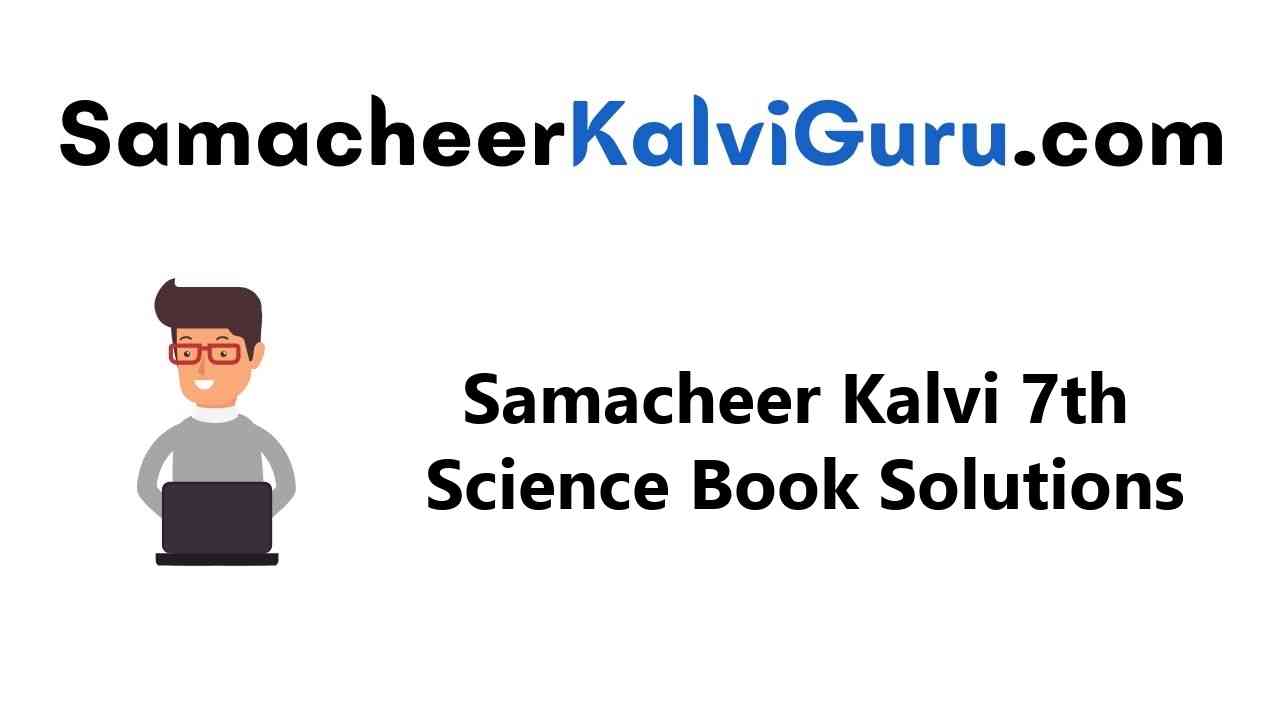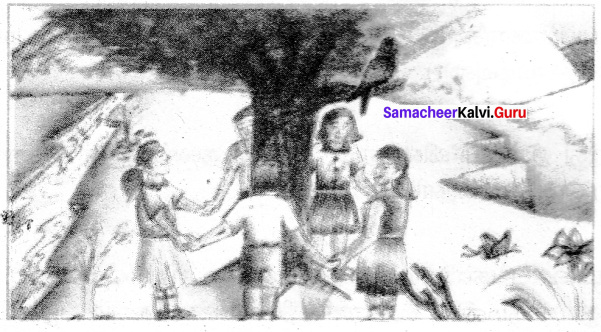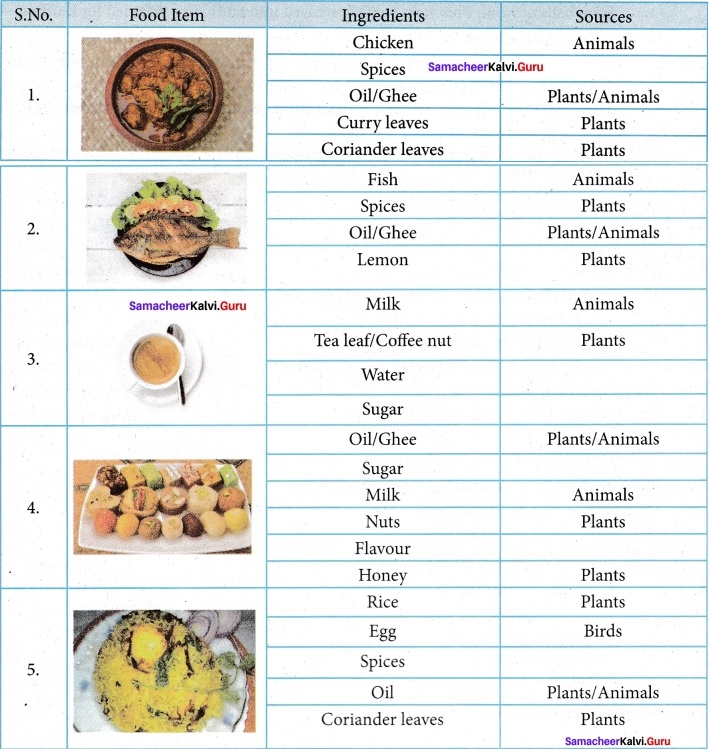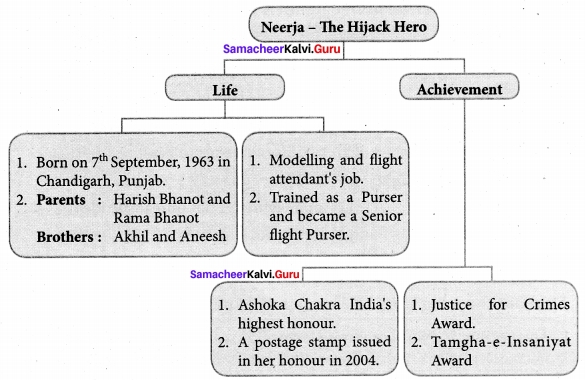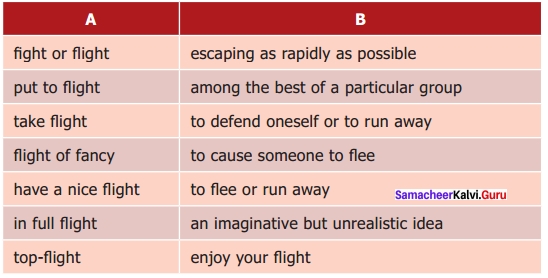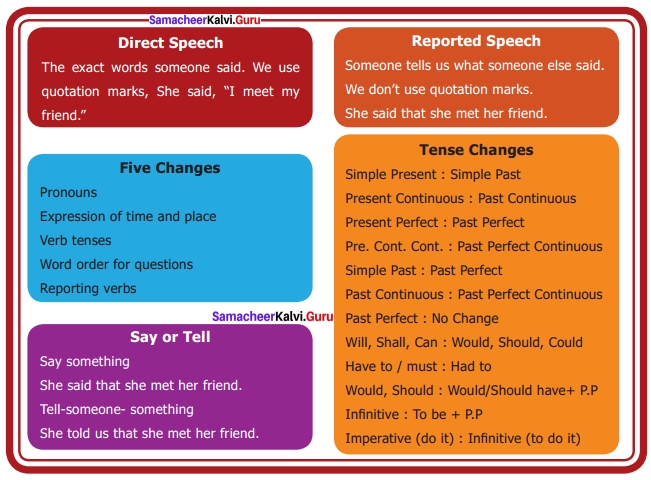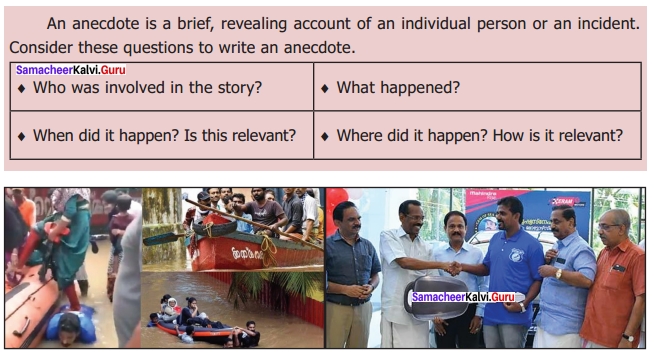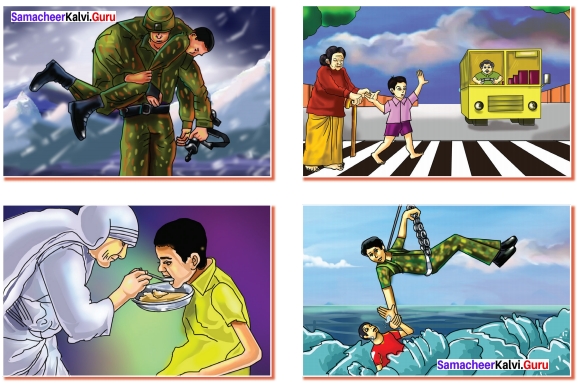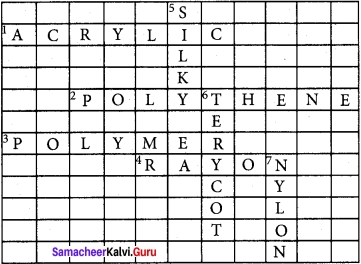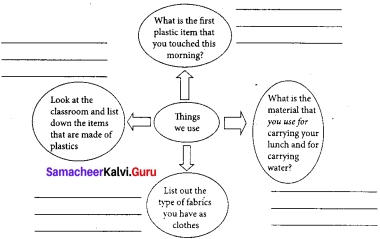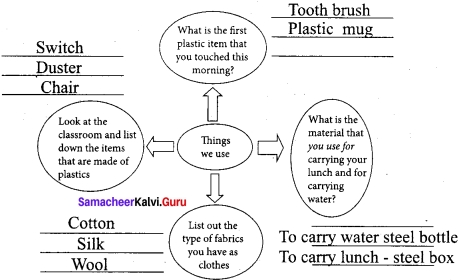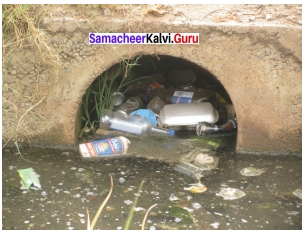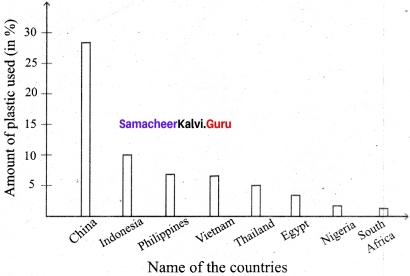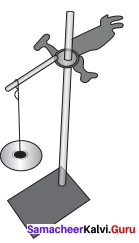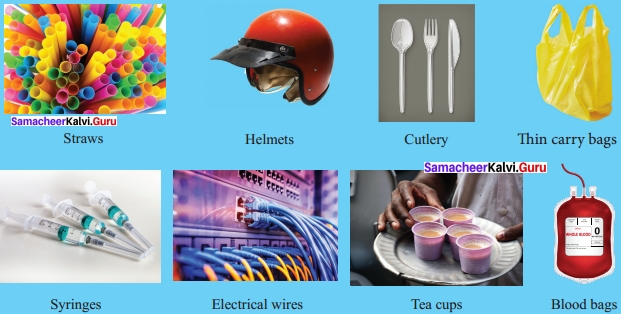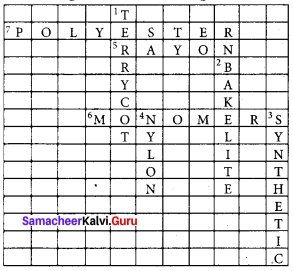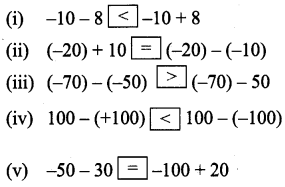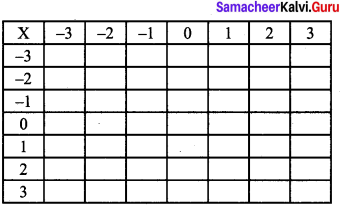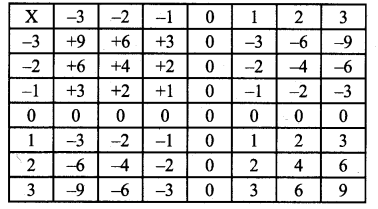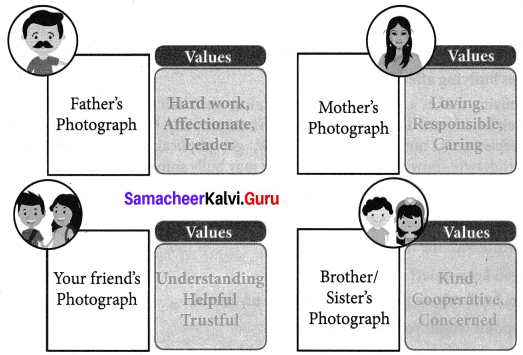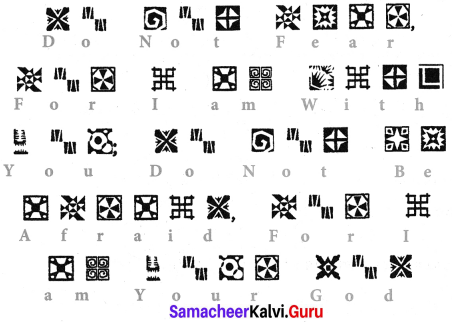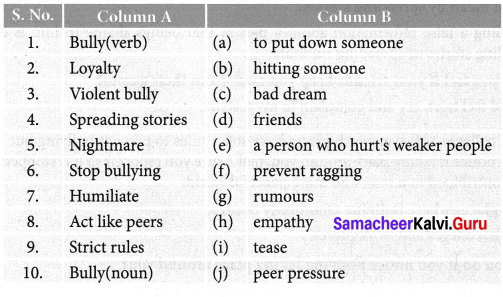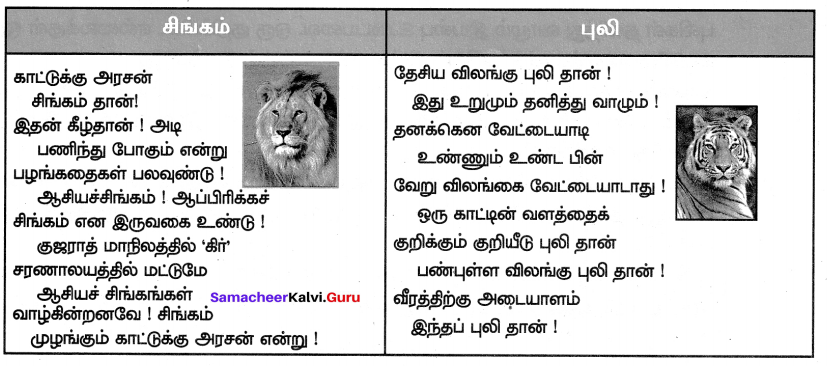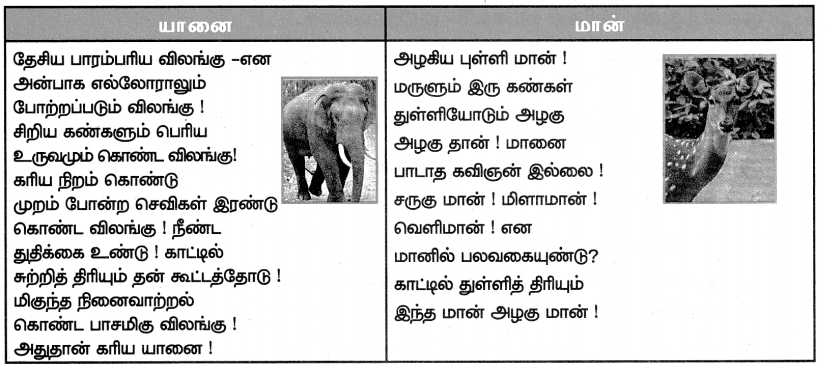Expert Teachers at SamacheerKalviGuru.com has created Tamilnadu State Board Samacheer Kalvi 7th Science Book Answers and Solutions Guide Pdf Free Download of Term 1, 2, 3 in English Medium and Tamil Medium are part of Samacheer Kalvi 7th Books Solutions. Here we have given TN State Board New Syllabus Samacheer Kalvi 7th Std Science Guide Pdf of Book Back Questions and Answers, Chapter Wise Important Questions, Study Material, Question Bank, Notes.
Samacheer Kalvi 7th Science Book Solutions Answers Guide
You can download Tamilnadu State Board Samacheer Kalvi 7th Science Book Answers and Solutions Guide Pdf of Term 1, 2, 3.
Samacheer Kalvi 7th Science Book Back Answers
Samacheer Kalvi 7th Std Science Guide Free Download in English Medium
7th Standard Science Guide Term 1
- Chapter 1 Measurements
- Chapter 2 Force and Motion
- Chapter 3 Matter Around Us
- Chapter 4 Atomic Structure
- Chapter 5 Reproduction and Modification in Plants
- Chapter 6 Health and Hygiene
- Chapter 7 Visual Communication
7th Std Science Guide Term 2
- Chapter 1 Heat and Temperature
- Chapter 2 Electricity
- Chapter 3 Changes Around Us
- Chapter 4 Cell Biology
- Chapter 5 Basis of Classification
- Chapter 6 Digital Painting
Samacheer Kalvi 7th Science Book Back Questions and Answers Term 3
- Chapter 1 Light
- Chapter 2 Universe and Space
- Chapter 3 Polymer Chemistry
- Chapter 4 Chemistry in Daily Life
- Chapter 5 Animals in Daily Life
- Chapter 6 Visual Communication
Samacheer Kalvi 7th Standard Science Guide in Tamil Medium
7th Science Book Back Questions with Answers in Tamil, 7th Std Science Guide Tamil Medium Pdf Download, 7th New Science Book Back Answers in Tamil 2021-2022.
Science Guide for Class 7 Samacheer Kalvi பருவம் 1
- Chapter 1 அளவீட்டியல்
- Chapter 2 விசையும் இயக்கமும்
- Chapter 3 நம்மைச் சுற்றியுள்ள பருப்பொருள்கள்
- Chapter 4 அணு அமைப்பு
- Chapter 5 தாவரங்களின் இனப்பெருக்கம் மற்றும் மாற்றுருக்கள்
- Chapter 6 உடல் நலமும், சுகாதாரமும்
- Chapter 7 காட்சித் தொடர்பு
7th Standard New Science Book Back Question Answer பருவம் 2
- Chapter 1 வெப்பம் மற்றும் வெப்பநிலை
- Chapter 2 மின்னோட்டவியல்
- Chapter 3 நம்மைச்சுற்றி நிகழும் மாற்றங்கள்
- Chapter 4 செல் உயிரியல்
- Chapter 5 வகைப்பாட்டியலின் அடிப்படைகள்
- Chapter 6 கணினி வரைகலை
7th Science Guide Tamil Medium பருவம் 3
- Chapter 1 ஒளியியல்
- Chapter 2 அண்டம் மற்றும் விண்வெளி
- Chapter 3 பலபடி வேதியியல்
- Chapter 4 அன்றாட வாழ்வில் வேதியியல்
- Chapter 5 அன்றாட வாழ்வில் விலங்குகள்
- Chapter 6 காட்சித் தொடர்பியல்
We hope the given Tamilnadu State Board Samacheer Kalvi Class 7th Science Book Answers and Solutions Guide Pdf Free Download of Term 1, 2, 3 in English Medium and Tamil Medium will help you. If you have any queries regarding TN State Board New Syllabus Samacheer Kalvi 7th Standard Science Guide Pdf of Book Back Questions and Answers, Chapter Wise Important Questions, Study Material, Question Bank, Notes, drop a comment below and we will get back to you at the earliest.
